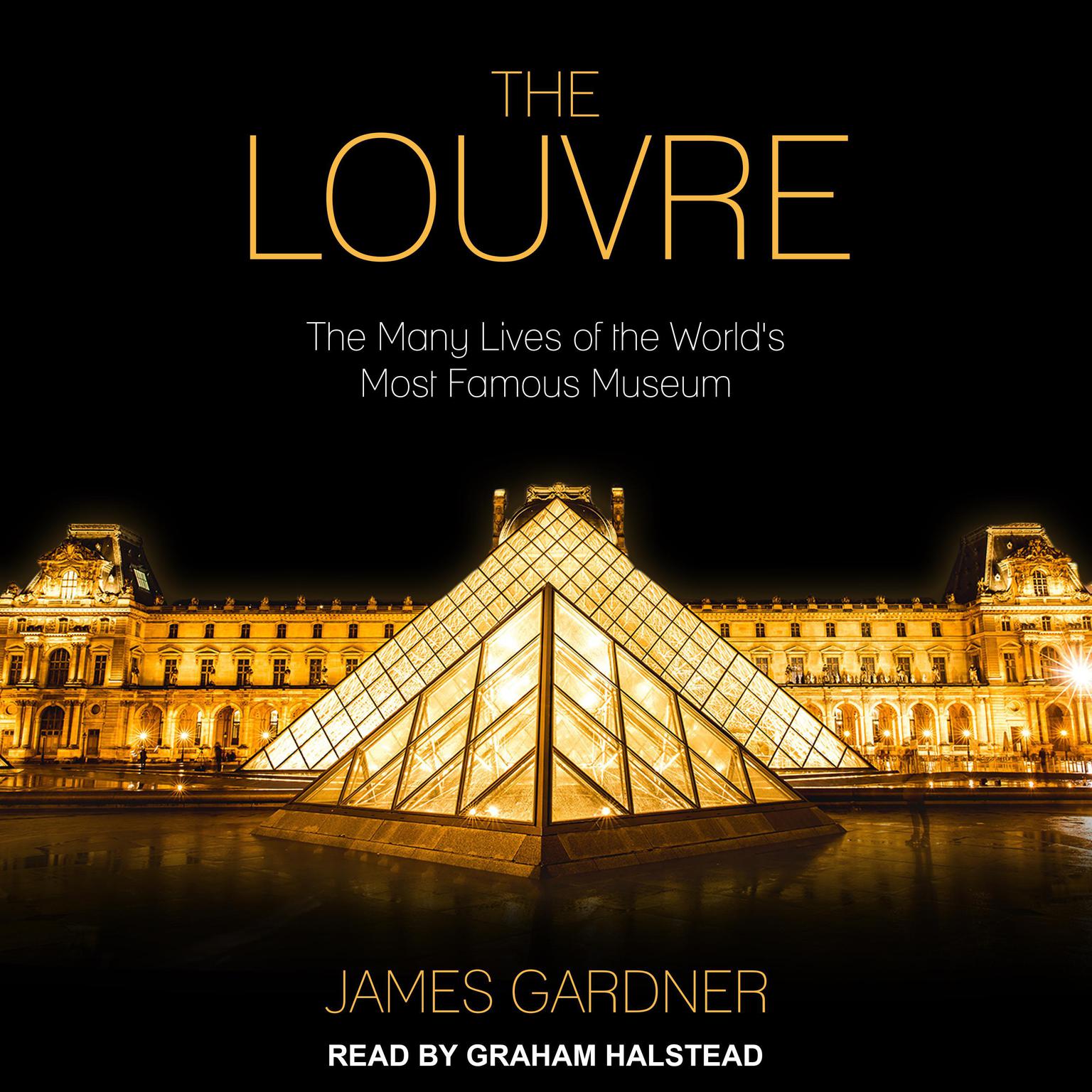 Play Audiobook Sample
Play Audiobook Sample
The Louvre: The Many Lives of the World's Most Famous Museum Audiobook
 Play Audiobook Sample
Play Audiobook Sample
Quick Stats About this Audiobook
Total Audiobook Chapters:
Longest Chapter Length:
Shortest Chapter Length:
Average Chapter Length:
Audiobooks by this Author:
Publisher Description
The fascinating and little-known story of the Louvre, from its inception as a humble fortress to its transformation into the palatial residence of the kings of France and then into the world's greatest art museum
More than 7,000 years ago, men and women camped on a spot called le Louvre for reasons unknown; a clay quarry and a vineyard supported a society there in the first centuries AD. A thousand years later, King Philippe Auguste of France constructed a fortress there in 1191, just outside the walls of a city far smaller than the Paris we know today. Intended to protect the capital against English soldiers stationed in Normandy, the fortress became a royal residence under Charles V two centuries later, and then the monarchy's principal residence under the great Renaissance king François I in 1546. It remained so until 1682, when Louis XIV moved his entire court to Versailles. Thereafter the fortunes of the Louvre languished until the tumultuous days of the French Revolution when, during the Reign of Terror in 1793, it first opened its doors to display the nation's treasures. Ever since—through the Napoleonic era, the Commune, two World Wars, to the present—the Louvre has been a witness to French history, and expanded to become home to a legendary collection, including such masterpieces as the Mona Lisa and Venus de Milo.
Download and start listening now!
The Louvre Listener Reviews
Be the first to write a review about this audiobook!
About Graham Halstead
Graham Halstead, an Earphones Award and Audie Award–winning narrator, is a professionally trained actor and voice artist. As an actor, he has worked internationally in Edinburgh and London, as well as at the Kennedy Center in Washington, DC. His youthful, easy-flowing voice can be heard on television and radio voicing spots for Airborne and Allegra.




